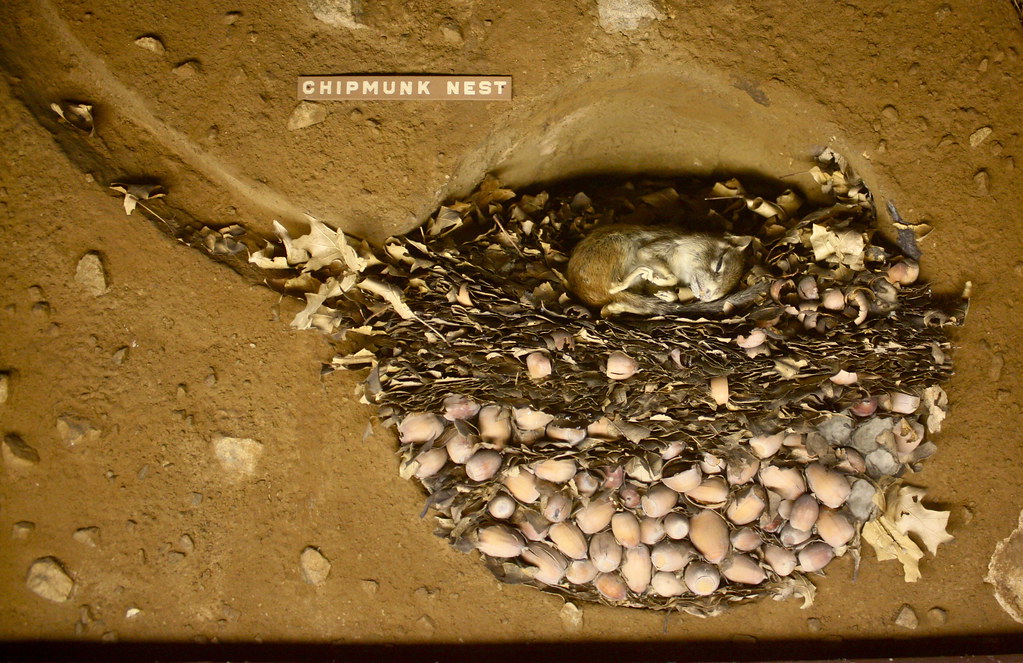
While you will not be rid of chipmunks, you will at least be able to enjoy their antics while reducing the damage to your yard. The idea is that if they have an easy food source, they won’t go after the more difficult ones. But if all else fails, you can always fall back on plan B, which is to provide food for the chipmunks away from where they are causing damage. If All Else Fails with Getting Rid of Chipmunksįollowing these steps should result in eliminating chipmunks from your garden. Not only will the owl take care of chipmunk control, but will also control voles, moles, mice, and rats. Owls feed on small rodents like chipmunks. Build an owl box to try to attract these beautiful, nighttime predators to your yard. Put Up an Owl BoxĮliminating chipmunks through attracting one of their predators is a way to work with nature to fix the problem. Removing these types of plants and structures from near your house will make your yard more dangerous and less attractive to chipmunks. Getting Rid of Chipmunks Through Landscaping ChangesĬhipmunks like shrubs and rock walls because they provide convenient places to hide. Other chipmunk repellent suggestions include castor oil, predator urine, and ammonium soap. Spray this on plants you wish to keep the chipmunks from. Strain and add 1 tablespoon (15 mL.) of oil. Steep the pureed garlic and hot peppers in 1 cup (240 mL.) of hot, soapy water until the water is cool. Using Chipmunk Repellent for Chipmunk ControlĬommon chipmunk repellents are pureed garlic, hot peppers, or a combination of both. Check your local laws before using snap traps for chipmunk control.Ĭhipmunks are fond of nuts and seeds, so peanut butter and sunflower seeds are good bait for your traps. Be aware that chipmunks are protected animals in some states. Snap traps will kill them, while live traps will make it so you can transport them to a more suitable location. Both snap traps and live traps are an option for getting rid of chipmunks. Since chipmunks are small, you can use the same types of traps for chipmunks that you would for rats. Traps can be an effective way to rid chipmunks from your garden. Chipmunk control requires just a little knowledge. Getting rid of chipmunks in your garden is similar to getting rid of squirrels.
#Chipmunk holes tv#
Our professionally trained technicians will evaluate your critter issue and determine the best method of removal to safely and humanely remove your problem critter.While TV typically portrays chipmunks as cute, many gardeners know that these small rodents can be as destructive as their larger cousin, the squirrel. As the ASAP Critter People say…If you want to get rid of your chipmunk problem…you have to get rid of the problem chipmunk. Continued yard management is a must, chipmunks are rarely a one-time occurrence, as neighboring chipmunks may take over vacated chipmunk burrows.

Chipmunks generally don’t leave on their own and noise or odor deterrents have little or no lasting effect. After animal removal services are complete, fill in voids at the dens. The only known effective method is to trap and remove problem chipmunks. The chipmunk is a common host of the deer tick which is known for spreading Lyme disease. Young chipmunks do not appear above ground until 6 weeks of age. Chipmunks litters sizes range from 2-5 young per litter. Gestation period is approximately 31 days. Chipmunks breed two times a year February – April and again June – August.

Several males may compete for 1 female and will also mate with multiple females. The male chipmunks emerge first after winter, then 1-2 weeks later the females become active. Chipmunks feed on seeds, fruits, nuts, grains, bird eggs, immature birds, insects, bulbs and roots to small shrubs. These burrows and tunnels may have several different entrances and exits.Ĭhipmunks are omnivores. The chipmunk constructs a shallow burrow in the ground that they dig and carrying dirt away in their cheek pouches. Leafy ground cover is a great location to conceal their holes. Chipmunks can be very destructive to retaining walls if they are living or burrowing in them. These tunnels grow more and more complex over time, and based on the number of chipmunks dwelling in them. They typically build summer tunnels which are more shallow, and winter tunnels which are deeper.

The chipmunk prefers to live in a deciduous forest or bushy area, but when in our yards chipmunks are known to burrow under porches, sidewalks, and in mulch beds. They live in these tunnels, hibernate, store their food, and raise their babies there. Chipmunks may be seen outside on sunny winter days. Chipmunks become less active in the winter months and remain mostly underground. Chipmunks use their pouched cheeks to store and carry food to their burrows. The chipmunk is 5”-6” long with a tail that’s 3”-4” long and weighs about 3 oz. The chipmunk AKA “Ground Squirrel” is reddish brown with black and white stripes running down their back.


 0 kommentar(er)
0 kommentar(er)
